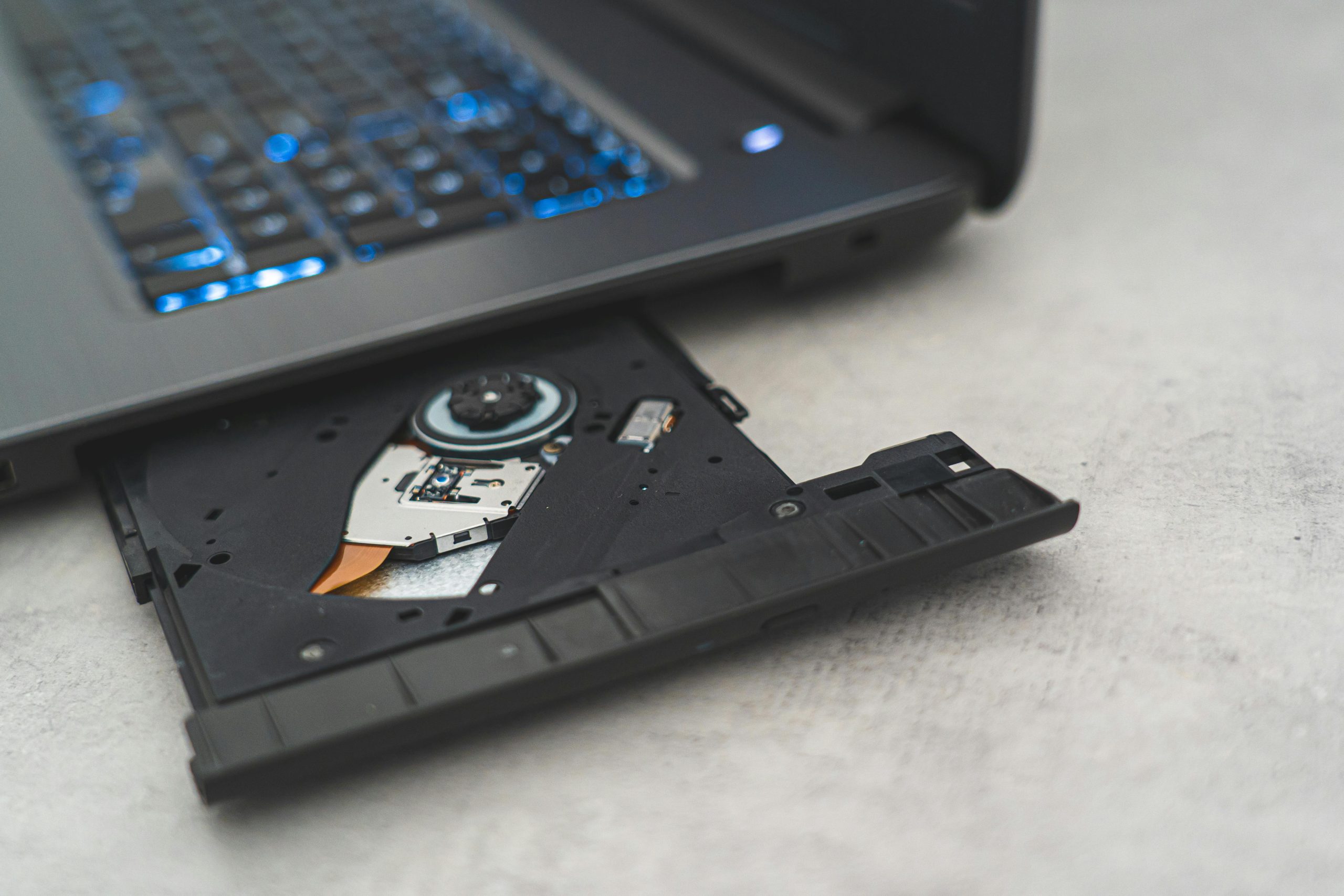Troubleshooting Network Connectivity Issues: When Ethernet Works but Websites and Games Fail to Load
Persistent internet connectivity problems can be both confusing and frustrating. Many users experience situations where their wired connection appears to be active—showing full speed on speed tests—yet they are unable to load websites properly or access online gaming features. Additionally, issues with wireless adapters, such as USB Wi-Fi dongles that intermittently disconnect or fail to install correctly, can compound the problem.
In this article, we will explore common causes for such network anomalies and outline effective troubleshooting strategies to resolve them, ensuring stable and reliable internet access across all applications.
Understanding the Issue
A typical scenario involves a PC connected via Ethernet, presenting a stable connection with high throughput. However, users encounter symptoms such as:
-
Web pages loading slowly, partially, or not at all.
-
Online multiplayer games failing to connect or displaying connection errors.
-
Single-player games unable to access network features due to connectivity issues.
Compounding this, some users report problems with USB Wi-Fi adapters that eject spontaneously or fail to install drivers properly, often accompanied by error messages like “USB device descriptor request failed.” These symptoms suggest underlying hardware or configuration issues that warrant systematic troubleshooting.
Initial Diagnostic Steps
Before delving into complex solutions, verify the basic setup:
- Test the Ethernet Cable and Port:
- Use the same Ethernet cable on another device to confirm it functions correctly.
-
Try different Ethernet ports on your router or switch to rule out port-specific issues.
-
Check Basic Network Settings:
- Confirm that your PC reports the Ethernet connection as active and shows IP address assignment.
-
Ensure the network adapter status is enabled within your system’s network settings.
-
Run Basic Network Tests:
- Use speed test tools to verify your connection speed.
-
Attempt to ping common websites (e.g.,
ping google.com) to check basic connectivity. -
Clear DNS Cache and Change DNS Providers:
- Flush your DNS cache via Command Prompt with
ipconfig /flushdns. -
Set DNS servers to reliable public providers such as Google DNS (8.8.8.8, 8.8.4.4) or Cloudflare (1.1.1.1), to bypass potential DNS-related issues.
-
Restart Network Equipment:
- Power cycle your modem and router, then restart your PC to refresh network configurations.
6.
Share this content:



